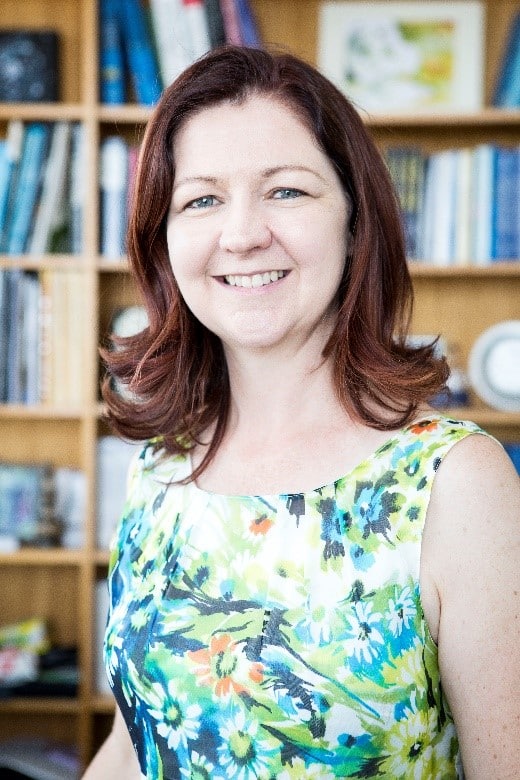Researchers are recruiting volunteers for a clinical trial they hope will improve survival rates for an aggressive form of breast cancer that affects about 1,500 women each year in New South Wales.
The trial will test a new strategy in cancer treatment: using a new therapy to target a ‘defence switch’ on cancer cells that alerts cancer to the threat of chemotherapy.
The trial aims to improve survival rates for patients with triple negative breast cancer, a treatment-resistant form of cancer that can quickly adapt against chemotherapy. It will commence in August.
It will be led by Associate Professor Christine Chaffer and Dr Beatriz San Juan from the Garvan Institute of Medical Research, and Senior Staff Specialist in medical oncology Dr Rachel Dear of St Vincent’s Hospital Sydney. The trial will be conducted at The Kinghorn Cancer Centre in Darlinghurst.















